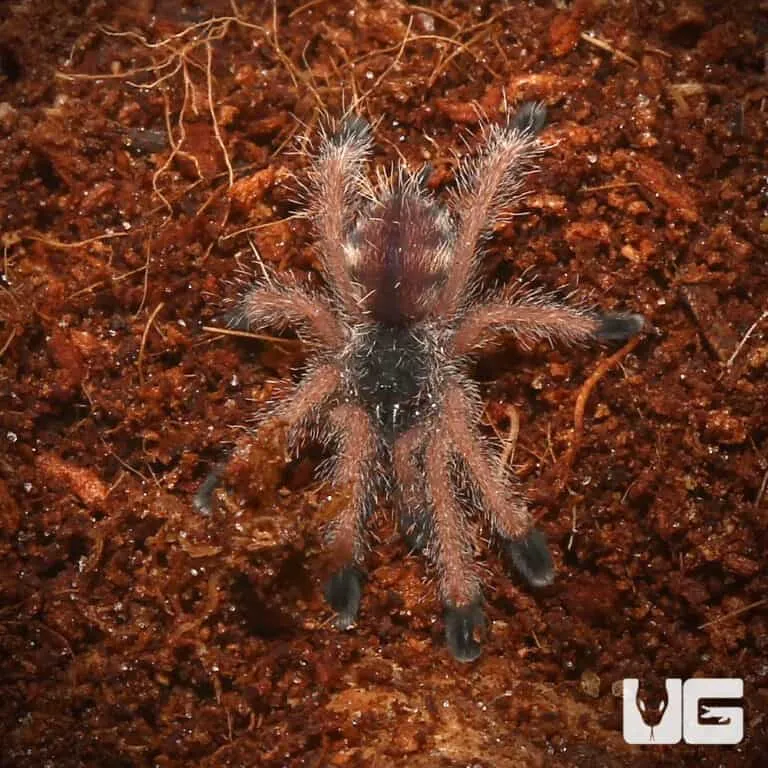What is a Tarantula Peru
The Tarantula Peru, scientifically known as Hapalopus sp. Peru, is a captivating species of tarantula native to the diverse landscapes of Peru. This arachnid has gained popularity among enthusiasts due to its striking appearance and relatively manageable care requirements. These spiders belong to the Theraphosidae family and are known for their terrestrial lifestyle, spending most of their time on the ground within their habitats. They are relatively small compared to some other tarantula species, which adds to their appeal as pets. Their fascinating behaviors, unique characteristics, and manageable size make them an engaging choice for both novice and experienced tarantula keepers. This guide provides insights into the essential aspects of keeping and caring for a Tarantula Peru.
Origin and Habitat
The Tarantula Peru originates from the rich and varied environments of Peru, a country known for its incredible biodiversity. These tarantulas are typically found in the tropical and subtropical regions of the country, where the climate provides the warmth and humidity they need to thrive. Their natural habitat includes a variety of environments, such as the forest floor and areas with dense vegetation, where they can find shelter and hunt for prey. Understanding their natural habitat is crucial for providing the appropriate living conditions in captivity. These spiders have adapted to the specific conditions of their native environment, making it essential to replicate these conditions as closely as possible to ensure their well-being. Replicating the natural habitat of the Tarantula Peru is key to providing the appropriate living conditions in captivity, ensuring their well-being.
Appearance and Characteristics
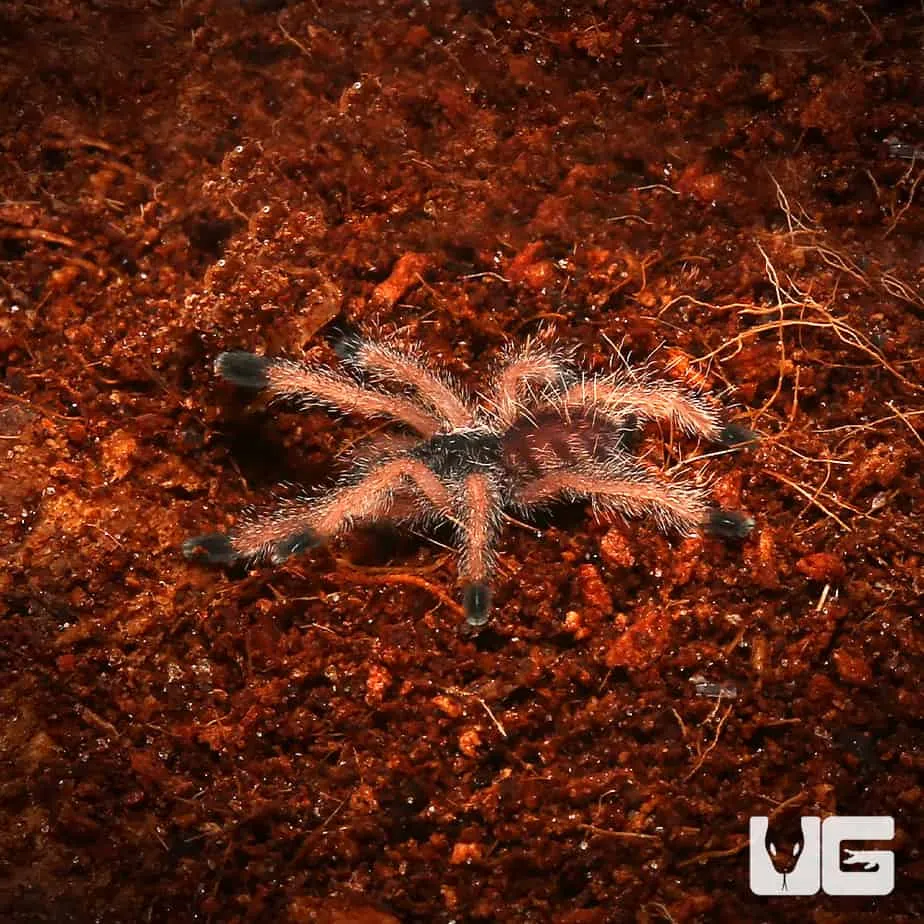
Tarantula Peru’s appearance is one of the key features that draws admiration from enthusiasts. Their color varies, often displaying shades of brown, black, and sometimes reddish hues, which provides excellent camouflage within their natural environment. The legs of these tarantulas are typically covered in fine hairs, contributing to their tactile sensitivity. The overall size is relatively small, with the body length typically ranging from 1 to 2 inches. This compact size contributes to their appeal as pets, as they require less space compared to larger species. Their appearance contributes to their appeal, with their unique colors and patterns adding to their allure. Each individual Tarantula Peru may have slightly different color variations, which makes each spider unique.
Size and Lifespan
Tarantula Peru’s size and lifespan are important aspects of their care. As mentioned, they are a smaller species, with a body length that typically does not exceed 2 inches. This size makes them suitable for those who may have limited space. The lifespan of a Tarantula Peru can vary, with females generally living longer than males. Females can live for 5 to 10 years or even longer under optimal conditions, while males typically live for 2 to 3 years after reaching maturity. Providing a proper environment, including appropriate temperature, humidity, and diet, is crucial for maximizing their lifespan. This longevity makes them a rewarding pet for those willing to commit to their care.
Behavior and Temperament
Understanding the behavior and temperament of a Tarantula Peru is essential for responsible ownership. These tarantulas are generally considered to be docile, making them a good choice for those new to keeping tarantulas. However, it’s important to remember that each individual spider has its own personality, and some may be more skittish or defensive than others. They are primarily nocturnal, meaning they are most active during the night. They spend most of their time hiding in burrows or under objects during the day. When threatened, they may exhibit defensive behaviors, such as raising their front legs or flicking urticating hairs. Proper handling techniques and understanding their body language are important for minimizing stress and ensuring a safe interaction.
Diet and Feeding
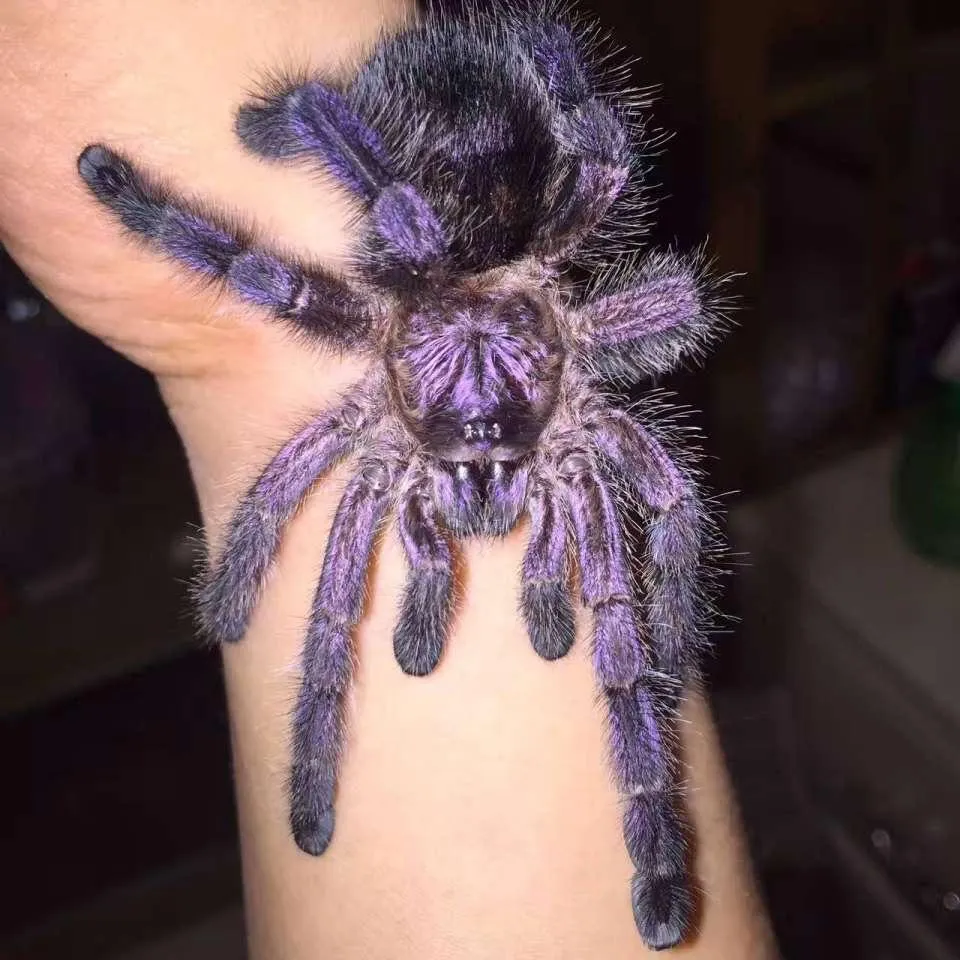
A proper diet is fundamental for a Tarantula Peru’s health and well-being. They are carnivorous, feeding primarily on insects. The main food source is typically comprised of crickets, roaches, and mealworms. The size of the prey should be appropriate for the tarantula’s size, ensuring it can be easily consumed. Variety in their diet is also recommended to provide a range of nutrients. Supplementing with occasional offerings of other insects, such as small spiders or other suitable invertebrates, can contribute to a well-rounded diet. Regular feeding is essential, and the frequency will depend on the spider’s age and growth stage.
What do Tarantulas eat
Tarantulas Peru primarily consume insects, with crickets and roaches being staples of their diet in captivity. Other options include mealworms, waxworms, and small spiders. It is important to avoid feeding them insects that have been exposed to pesticides or insecticides. The ideal food source will provide a sufficient amount of nutrients, ensuring their well-being and promoting healthy growth. By offering a variety of insects, the tarantula will benefit from a diverse range of nutrients, which can enhance their overall health and vitality. This will make the tarantula more active and the colors more bright.
Feeding Schedule
The feeding schedule for a Tarantula Peru depends on its age and stage of growth. Spiderlings and juveniles should be fed more frequently, typically every other day or every day. As they grow, the frequency can be reduced. Adult Tarantulas Peru can be fed once or twice a week, depending on their appetite and body condition. It’s important to observe the tarantula’s behavior and adjust the feeding schedule accordingly. Remove any uneaten prey within 24 hours to prevent stress and potential health problems. Always ensure that fresh, clean water is available for the tarantula at all times. Be careful not to overfeed; obesity can lead to health issues and affect the spider’s ability to molt properly.
Enclosure and Habitat Setup
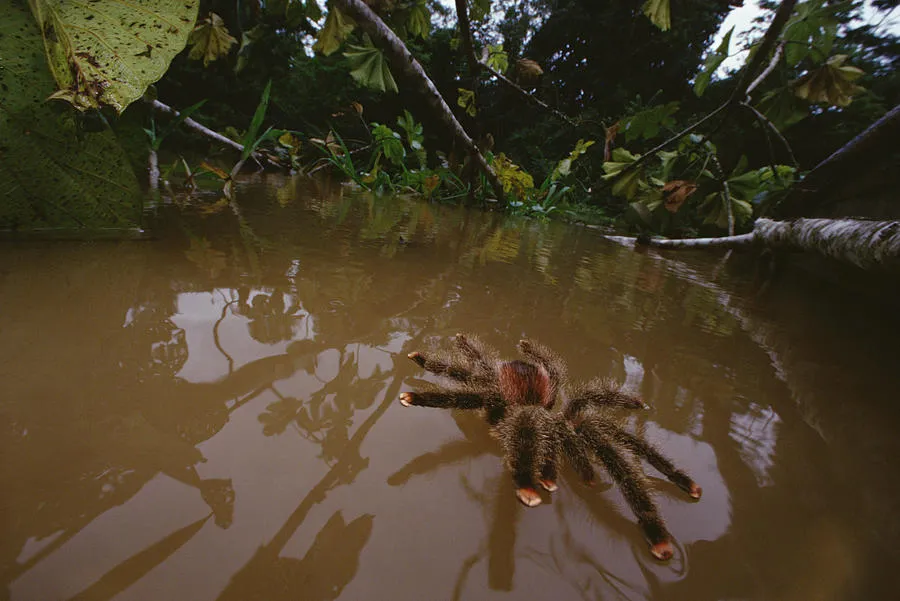
Creating an appropriate enclosure and habitat setup is crucial for the health and well-being of your Tarantula Peru. The enclosure should provide the necessary space, ventilation, and environmental conditions to replicate its natural habitat. A well-designed enclosure allows the tarantula to thrive and exhibit its natural behaviors. This includes a suitable substrate, hiding places, and proper temperature and humidity levels. The enclosure should be secure, escape-proof, and easy to clean. By providing a well-designed and properly maintained habitat, you can ensure that your Tarantula Peru lives a healthy and fulfilling life.
Tank Size and Substrate
The size of the enclosure should be proportional to the tarantula’s size. For a juvenile, a small, escape-proof container with a secure lid is suitable. As the tarantula grows, it will need a larger enclosure. A good rule of thumb is to provide an enclosure that is at least three times the tarantula’s leg span in width. The substrate is an essential component of the enclosure, serving as the base and providing a comfortable environment. Suitable substrates include coconut fiber, peat moss, or a mixture of both. The substrate should be deep enough for the tarantula to burrow if it chooses. Adding a layer of sphagnum moss can help maintain humidity. A well-maintained substrate is essential for the spider’s health and well-being.
Temperature and Humidity
Maintaining the correct temperature and humidity levels within the enclosure is crucial for the Tarantula Peru. The ideal temperature range is typically between 75°F and 80°F (24°C to 27°C). A heat mat can be used to provide consistent heat. It’s essential to avoid overheating the enclosure. Humidity levels should be maintained at around 60-70%. This can be achieved by misting the enclosure with water periodically, or by providing a shallow water dish. Use a hygrometer to monitor humidity levels. Ensure adequate ventilation to prevent mold growth. Consistent monitoring and adjustment of temperature and humidity are critical for your tarantula’s health and well-being. This balance ensures your tarantula stays healthy.
Handling and Safety
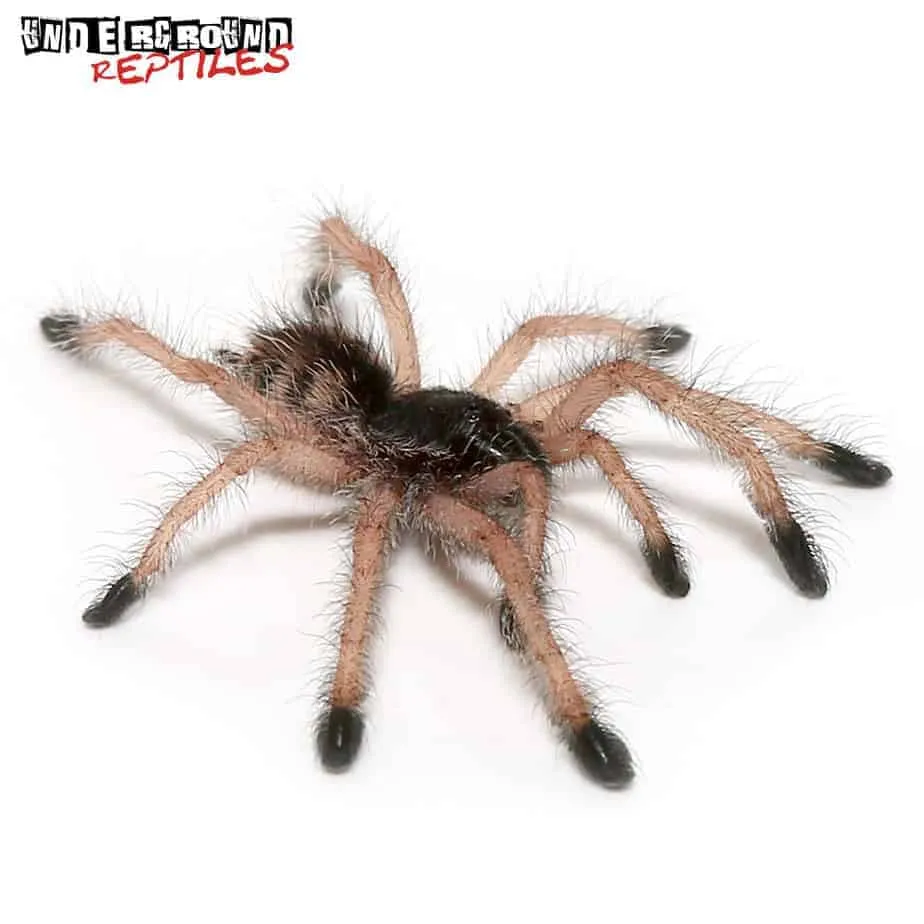
Handling a Tarantula Peru should be approached with caution and respect for the spider’s well-being. While they are generally considered to be docile, it is still crucial to handle them with care to avoid stressing or injuring them. Before handling, it is essential to understand the spider’s behavior and body language. Observe the spider for any signs of stress or aggression, such as raised front legs or flicking of urticating hairs. Handling should be done close to the ground or a soft surface. This minimizes the risk of injury in case the spider falls. It’s best to gently encourage the spider to walk onto your hand, rather than grabbing it. Wash your hands before and after handling the tarantula to avoid transferring any harmful substances.
Venom and Bites
Tarantulas do possess venom, which they use to subdue prey. The venom of a Tarantula Peru is generally not considered medically significant to humans, but a bite can be painful. The effects are often similar to a bee sting. If bitten, it is important to remain calm and clean the bite area with soap and water. Applying an ice pack can help reduce pain and swelling. Seek medical attention if symptoms worsen or if you experience an allergic reaction. In addition to bites, Tarantulas Peru can also flick urticating hairs from their abdomen as a defense mechanism. These hairs can cause irritation to the skin and eyes.
Molting Process
Molting is a natural process in which tarantulas shed their exoskeleton to grow. The molting process can be a stressful time for the spider, and it’s important to provide a safe and undisturbed environment. During molting, the tarantula will typically lie on its back. Avoid disturbing the spider during this period. The molting process can take several hours, or even a day or more, depending on the size of the tarantula. After molting, the tarantula’s new exoskeleton will be soft. It’s important to wait until the exoskeleton hardens before handling or feeding the spider. Providing a slightly moist substrate can aid in the molting process. The molted exoskeleton provides valuable information about the spider’s health and growth. The molting process is essential for growth and development.
Common Health Issues
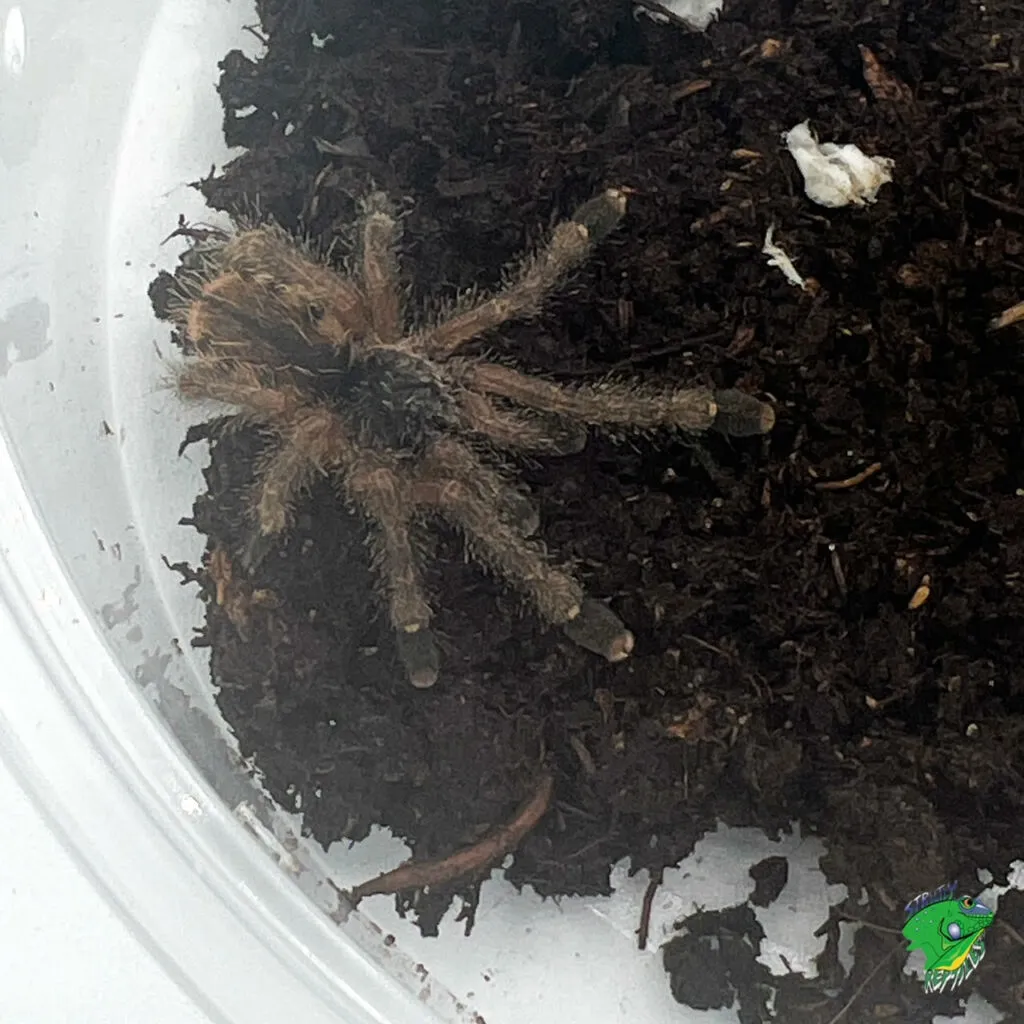
Like any pet, Tarantulas Peru can be susceptible to certain health issues. Understanding the potential problems and recognizing the signs of illness is crucial for providing appropriate care. The most common health issues include fungal infections, parasites, and dehydration. Maintaining a clean and properly ventilated enclosure is essential for preventing fungal infections. Regular monitoring of the substrate and removing any uneaten food can help to prevent these issues. Dehydration can be caused by low humidity. Always provide a water dish to ensure the tarantula has access to fresh water. If you notice any unusual behavior, such as lethargy, loss of appetite, or changes in appearance, consult an experienced tarantula keeper or veterinarian familiar with arachnids.
Parasites and Diseases
Tarantulas can be affected by parasites and diseases. Mites are a common external parasite that can infest tarantulas. These can cause irritation and potential health problems. It’s essential to regularly inspect your tarantula for mites. If you suspect mites, quarantine the spider and consult with a veterinarian or experienced keeper. Other potential diseases include fungal infections, which thrive in humid environments. Proper enclosure hygiene, including a clean substrate and adequate ventilation, helps prevent fungal growth. If your tarantula exhibits signs of illness, such as loss of appetite, lethargy, or changes in appearance, it is crucial to seek professional advice from a veterinarian experienced with tarantulas. Prompt treatment can improve the spider’s chances of recovery. Preventive care through proper husbandry is key to preventing parasite and disease issues.
Preventive Measures
Taking preventive measures is key to keeping a Tarantula Peru healthy. Maintaining a clean and appropriate environment is crucial. This includes regularly cleaning the enclosure, replacing the substrate, and providing adequate ventilation. Monitoring temperature and humidity levels ensures that they remain within the optimal range for the tarantula. A balanced diet with appropriately sized prey and avoids overfeeding will help to promote health. Providing a water dish with fresh, clean water is essential for hydration. Observe your tarantula for any signs of illness or unusual behavior. Regularly inspect the spider for parasites, and promptly address any issues. By being proactive in providing proper care and maintaining a healthy environment, you can minimize the risk of health problems and promote the well-being of your Tarantula Peru.
Breeding and Reproduction
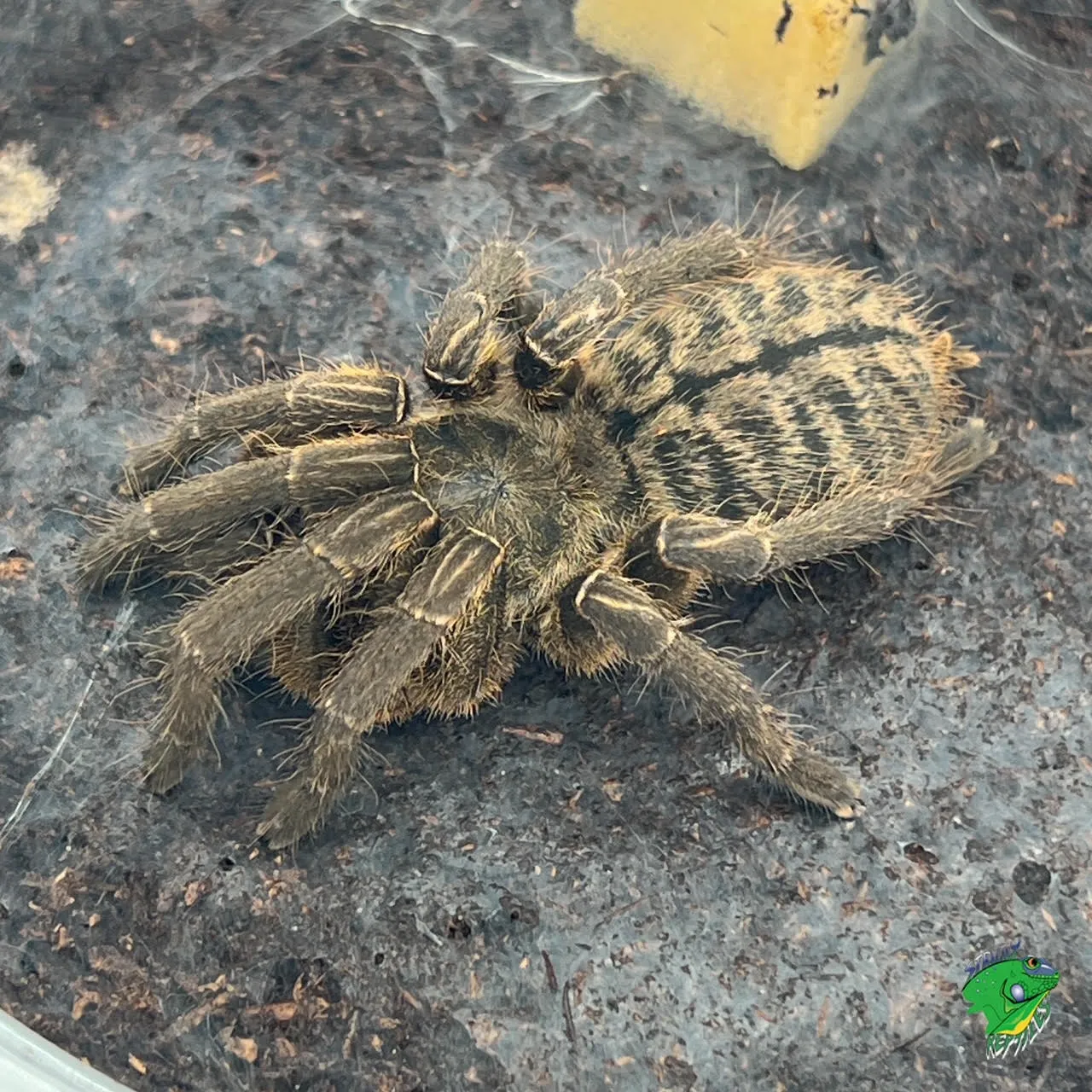
Breeding Tarantulas Peru can be a rewarding experience. However, it requires careful planning and an understanding of their reproductive behavior. Only experienced keepers should attempt to breed these tarantulas. The process involves selecting healthy, mature adults. The female should be well-fed, and the male should be sexually mature. Introduce the male to the female’s enclosure, and observe their behavior closely. If the female is receptive, the mating process may occur. This can be a delicate and potentially dangerous encounter, as the female may sometimes attack the male. If mating is successful, the female will eventually produce an egg sac.
Mating and Egg Sacs
The mating process of Tarantulas Peru involves a careful courtship ritual. The male typically approaches the female with caution. He may drum on the substrate or display other behaviors to indicate his intentions. If the female is receptive, she will allow the male to approach. The male will deposit sperm webs and use his pedipalps to transfer sperm to the female. After mating, the female will typically produce an egg sac containing numerous eggs. The female will then guard the egg sac and incubate the eggs for several weeks. Proper temperature and humidity levels are important during incubation. The female will guard the eggs until they hatch.
Raising Spiderlings
After the eggs hatch, the spiderlings will emerge. At this stage, it’s important to separate the spiderlings into individual enclosures to prevent cannibalism. Provide each spiderling with a small, escape-proof container. Feed the spiderlings small insects, such as fruit flies or pinhead crickets. Maintain appropriate temperature and humidity levels. Spiderlings grow and molt frequently during their initial stages of life. Regular observation is essential to monitor their growth and development. Raising spiderlings requires dedication and specialized care. Proper care and attention will allow them to thrive and grow into healthy adult Tarantulas Peru. Provide suitable enclosure, appropriate food, and consistent care to support their development.
Tarantula Peru Conservation Status
Understanding the conservation status of the Tarantula Peru is important for responsible keeping. Their populations in the wild face various threats. Due to habitat destruction and the impact of the pet trade, it is crucial to be aware of the potential conservation concerns. Supporting responsible breeders and conservation efforts is essential. If you are considering acquiring a Tarantula Peru, make sure to source it from a reputable breeder. This helps ensure that you are not contributing to the depletion of wild populations. Supporting organizations dedicated to protecting their natural habitats helps to ensure the survival of these amazing creatures.
Threats and Conservation Efforts
The primary threats to Tarantula Peru populations include habitat loss due to deforestation and agricultural expansion. The pet trade can also put pressure on wild populations if collecting is not managed sustainably. Several conservation efforts are underway to address these threats. Protecting their natural habitats through the establishment of protected areas and implementing sustainable land management practices are key initiatives. Raising awareness about the conservation status and promoting responsible pet ownership are critical. Supporting research and monitoring programs helps to improve our understanding of the species and its needs. By supporting these efforts, you can contribute to the long-term survival of the Tarantula Peru. Supporting responsible breeders is one way to contribute to conservation efforts.
